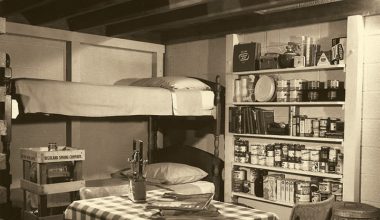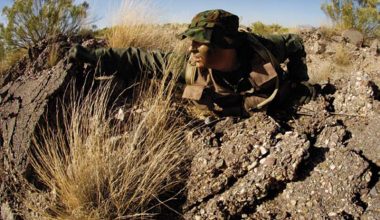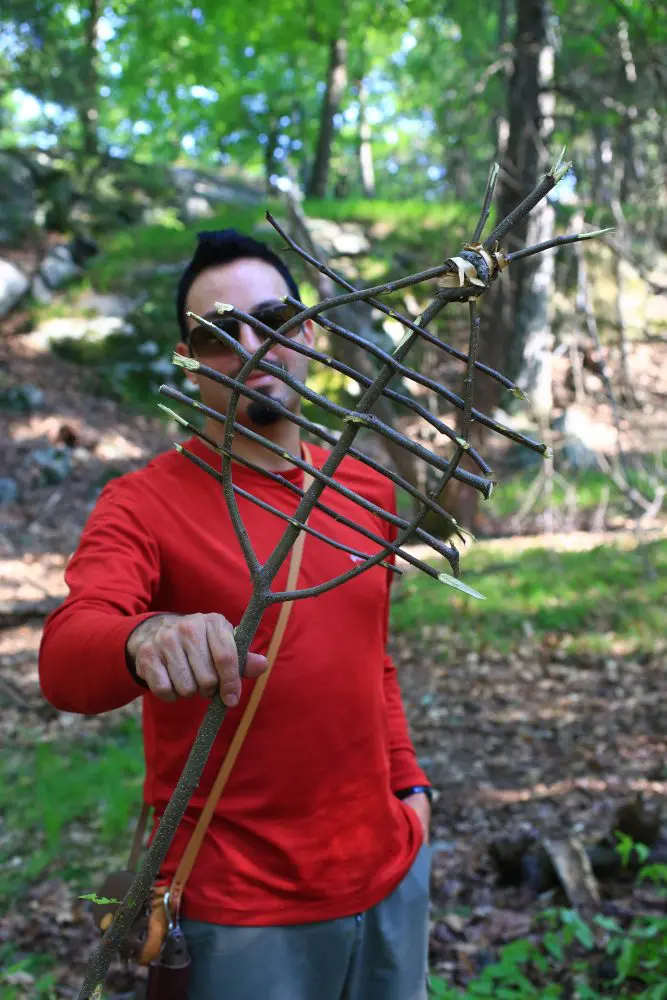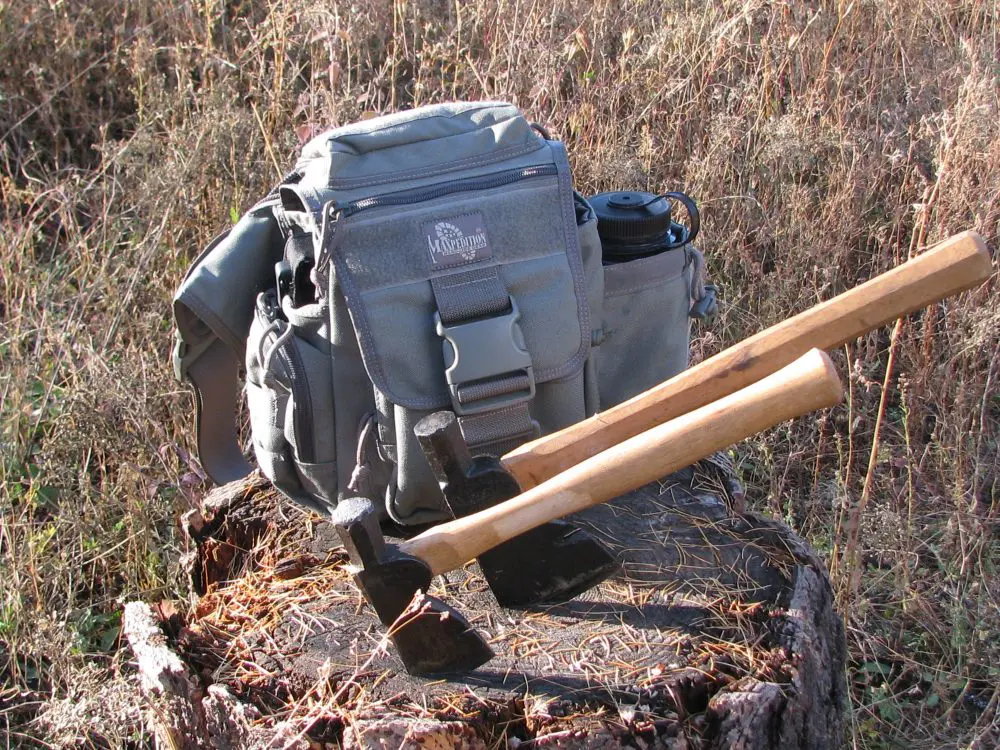IN the spring of 2011, tornadoes and violent storms ripped through Alabama and six other Southern states, killing at least 295 people and causing billions of dollars of damage in some of the deadliest twisters in U.S. history. It was the worst U.S. natural disaster since Hurricane Katrina. In some areas, whole neighborhoods were flattened, cars flipped over, and trees and power lines felled, leaving tangled wreckage.
In late October 2012, Hurricane Sandy, a Category 2 storm, hit off the coast of the Northeastern United States. At least 285 people were killed along the path of the storm in seven countries. The storm became the largest Atlantic hurricane on record, with damage estimated at nearly $75 billion, making it the second costliest Atlantic hurricane to date. This led the media and several government agencies to nickname it “Superstorm Sandy.”
These storms, along with earthquakes and tsunamis, seem to be a growing trend worldwide. What they all have in common is the aftermath of destruction. Besides wreckage from buildings and structures, displaced trees blocking streets are usually a large part of the scene.
Look at any photo of hurricanes and tsunamis and you’ll see tangled and twisted blown-down trees. While chainsaws are ideal for this type of clean-up, they require fuel. Now imagine gasoline and oil supplies are scarce or have run out. What would you use to remove the debris? Hopefully technology hasn’t gotten the best of us, and people still own one of man’s oldest hand tools— the axe!
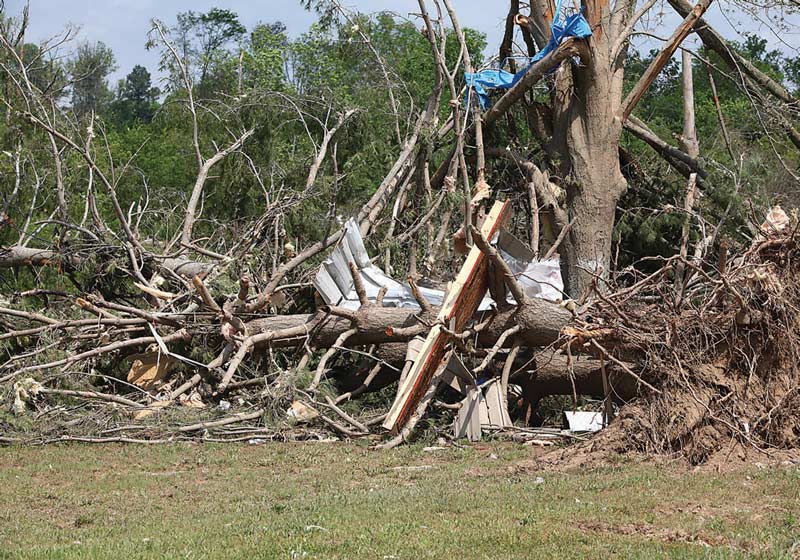
dollars in damage, they are considered some of the deadliest twisters in U.S. history.
MANUAL TOOLS
Axes have built log cabins on the North American frontier, carved out the Alaskan Highway, and have been used to make many types of structures in the outdoors.
The first axes were made from stone. As technology developed, axes were made from copper, bronze, iron, and eventually steel. To make the tool sturdier and more useful, an eye (opening in the head) was added to the axe head to insert a wooden handle.
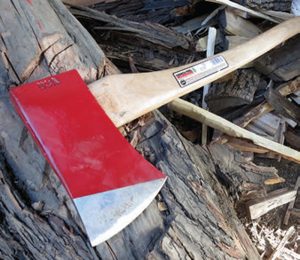
In the United States around 1900, there were over 400 recognized styles or patterns of axes. Most of the names associated with axes developed because of geography. Around 1920, an early trade association of axe manufacturers developed a standard chart of axe patterns and reduced the number of patterns to less than 30.
Two well-known American companies who manufacture axes are Council Tool and Estwing. Both companies have rich histories and their products have been standards with axe users for decades. Council Tool was founded by John Pickett Council in 1886 and has had a long-standing relationship with the U.S. Forest Service.
Since 1923, the Estwing family and its employees have taken pride in designing and manufacturing the world’s most durable and comfortable striking tools. Known for their one-piece construction, Estwing’s flagship sportsman’s hatchet has won the hearts of outdoorsmen for generations with its iconic handle made of brown stacked leather washers, and polished axe head.
Probably the most common size of axe found at a hardware store is the boy’s axe. This is generally a mid-size axe with a head weight of 2 to 2.25 pounds and a 26- to 28-inch long hickory handle. It’s called a boy’s axe because the size is perfect for a young adult or teenager as compared to a full-size axe, which usually weighs 3 to 4 pounds and has a 36- inch handle.
Council Tool makes a boy’s axe called the Dayton, named after the pattern that originated in Dayton, Ohio. The website says the axe is outfitted with a 28-inch long curved hickory handle, but in reality the handle is 26 inches. The bit (cutting surface) is about 3.5 inches and has a convex grind. The head sports a hammer poll for extra balance, weight, and as another tool option.
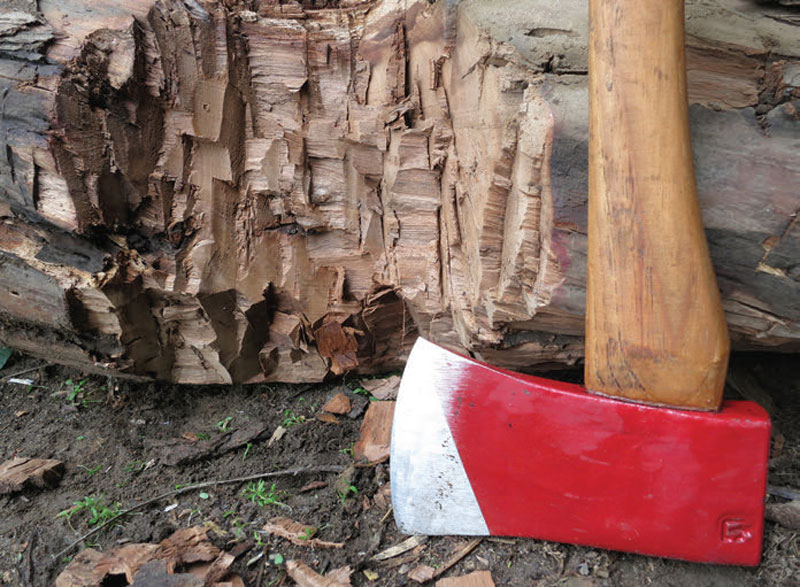
The grain orientation of the boy’s axe I own is perfectly parallel to the bit. While sighting the blade bit with the knob or butt of the handle, the alignment was spot on.
Swinging the CT boy’s axe, it felt just right to me, because of the combination of the head weight, the length of the handle, and my height. A taller person may have to bend more than they are comfortable with, while a shorter person may be better off with a shorter handle.
DISASTER CLEAN-UP
Two methods are used for working on downed trees, limbing and sectioning (often called bucking). Limbing branches is safely done from the opposite side of the tree, as is sectioning. A good technique for limbing is to cut flush with the trunk; otherwise the axe will bounce off and may cause injury. Always cut in the direction the limb is pointing, which is usually up toward the top of the tree. In the forests of the Pacific Northwest, black spruce is the exception, as the limbs tend to grow downward.
The CT boy’s axe can be used one handed for short periods of time, due to its medium weight and handle length. Sectioning trees 8- to 12-inches thick was easy with the CT boy’s axe. It is important to make the V notch as wide as the diameter of the tree. This is where most novices go wrong. Big chips are better than finely minced wood shavings when it comes to chopping through trees. The safest, most efficient way to section downed trees is to stand behind the tree, feet shoulder width apart, as close to the log as possible, and make two opposite V notches that eventually meet somewhere in the middle. This is a task better suited for longer handles.
The Estwing E44A 16-Inch Steel Camper’s Axe is another great hard-use tool. Uniquely forged from one piece of tool steel, it is nearly indestructible. Estwing’s exclusive new Shock Reduction Grip (up to 50% reduction in shock caused by impact, as confirmed through independent laboratory tests), is a rubberized grip.
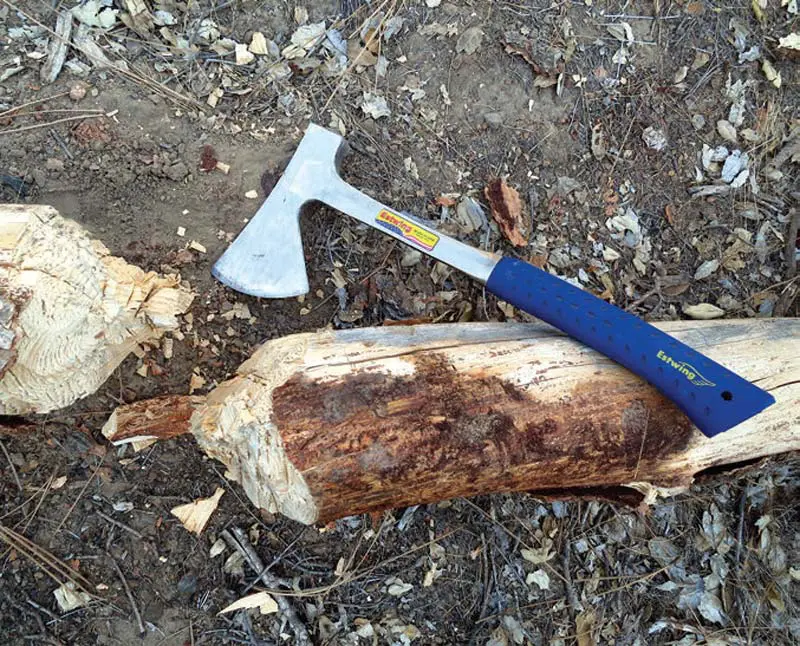
The bit is four inches long and the overall length is 18 inches, not 16. The style of the head is reminiscent of the famed Hudson Bay pattern with a hammer poll. It’s difficult to determine the head weight, since it is one piece, but the total weight is over three pounds. This axe is larger than a hatchet but short for regular axe use, and requires more bending forward.
There are no minor injuries when it comes to axes, and a short-handled axe is more dangerous to use, especially in a standing position where a glancing blow can injure a knee or shin. Limbing up high can cause a small axe to injure the face and head.
The safest way to use the Estwing Camper’s Axe is by bending far over the target in a kneeling position. Twohanded use is possible but awkward. One-handed use seems to be favored with this size handle.
The shorter-handled Estwing seems better suited for camp chores than the all-day chopping required for clearing downed trees. However, the Estwing easily went through an eight-inch-thick dry pine.
Many people today rely on power tools, but there are also many who wouldn’t trade a good axe for all the chainsaws in the world. An axe doesn’t require gas and, if taken care of, will be around for generations.
